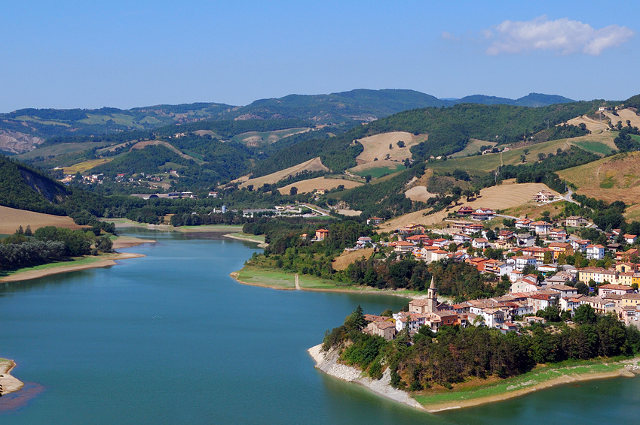


The map of the Marches suggests symmetry even though a third of the surface is hilly and the rest mountainous. Between the wall of the Umbro Marchigiano Apennines to the west and the dunes along the Adriatic lies a strip of hills about 30 kilometers wide on average that support most of the vineyards. Thought the higher slopes can be precipitous, there is a soft harmony to these hills drained by a dozen rivers at such regular intervals that their short courses to the sea give the cartographic impression of stripes on a waving banner. Two key wine zones lie slightly apart from this strip: Verdicchio di Matelica, which basks within a pocket of the Apennines, and Rosso Cònero, whose massif forms what the Greeks noted as an elbow at Ancona, the only relief along the 173 kilometres of otherwise straight, flat coast. Marly or sandy clay dominates in these rises, which are well suited to viticulture, though variations in rock, fossil, and mineral content, as well as exposure, account for differences in quality. The climate is enviably reliable, though high slopes, often covered by snow in the winter, can be cool and damp. In the summer, the sunny, mild Adriatic-Apnennine ambience can be shattered by violent storms, hail, or withered by a long drought.
